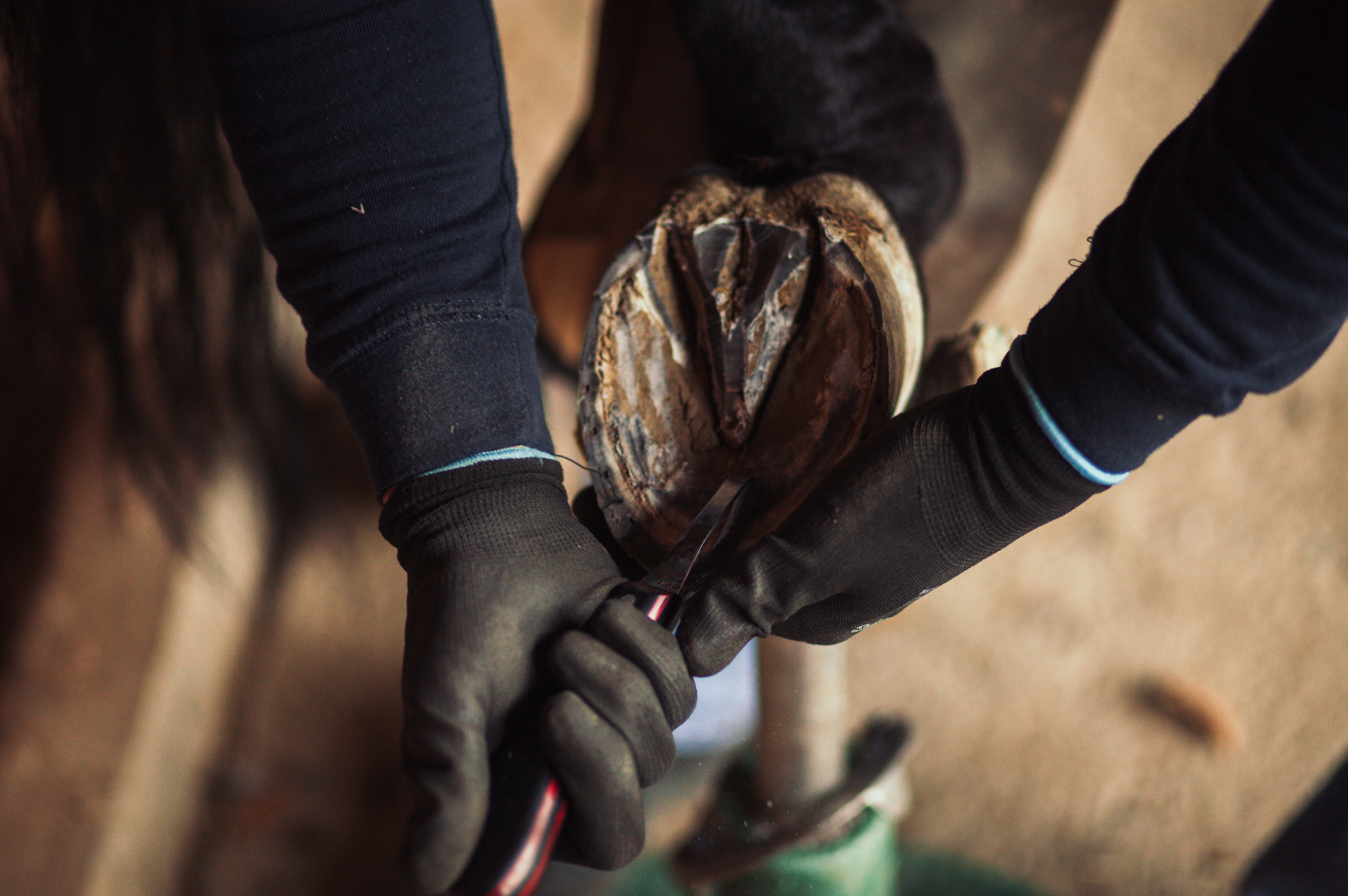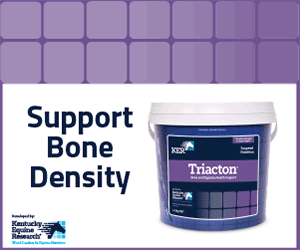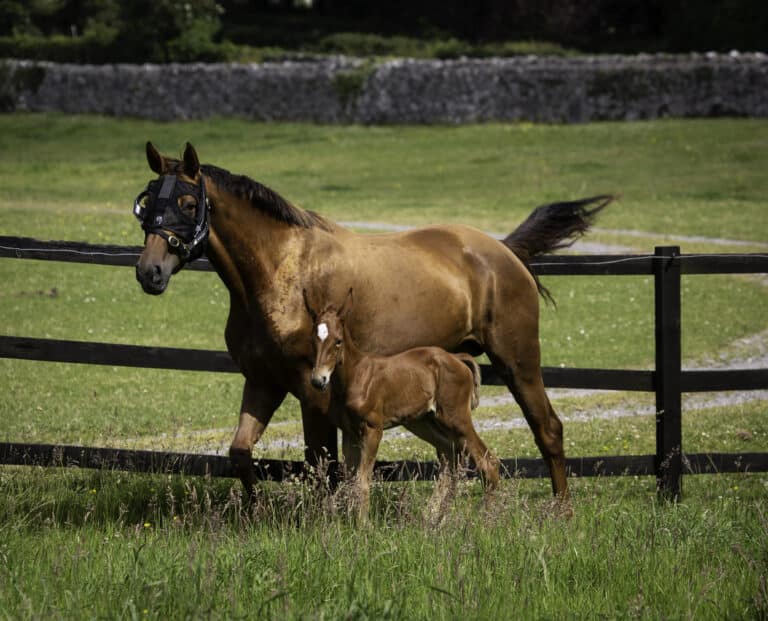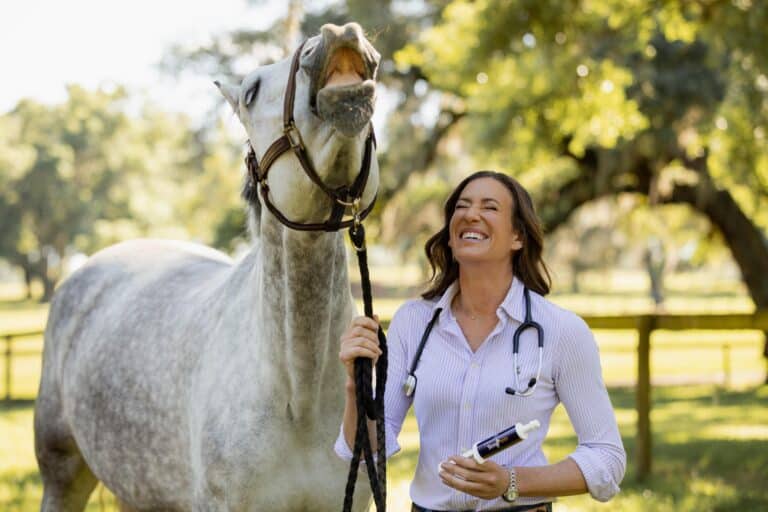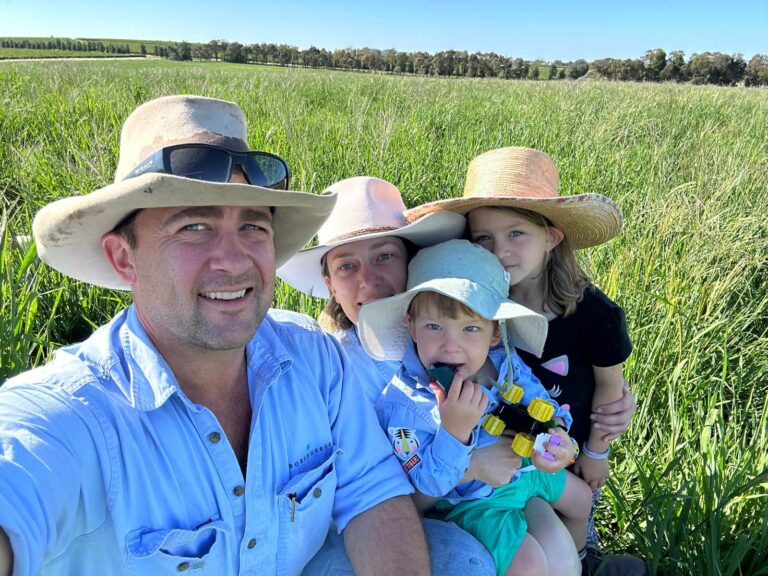An equine veterinarian who is an expert in foot care and the management of foot related lameness in the equine athlete, Dr Luke Wells-Smith knows a thing or two about hooves. As the founder of Motion Equine Centre, Luke regularly diagnoses and treats horses with hoof-related lameness – and he says the most common issue he sees is what he terms ‘insufficient hoof depth’.
“The number one cause of hoof-related lameness in performance horses that I see is a reduction in hoof depth,” says Luke, explaining that he’s moved away from using the phrase ‘thin soles’.
This is because the contour of the sole itself will change throughout the season and isn’t the reason why a horse goes lame. “We find that during summer, horses will have more retention of sole, and during winter, the sole will exfoliate. A horse can go from having quite a thick sole in summer to suddenly shelling out and being quite thin in winter. And so, if we talk about horses with just a ‘thin sole’ but adequate hoof depth, we can have a relatively sound horse.”
So, what is ‘insufficient hoof depth’?
“The reason horses do become lame is if the distance between the sensitive tissue around the pedal bone and the ground surface is reduced,” explains Luke, using the analogy of cutting your fingernails too short.
“Some of those horses will have a retained sole but poor depth, or some horses won’t have retained their sole, and they’ll have a poor depth as well.”
There are several reasons why a horse may be suffering from a reduced depth of hoof. “A horse may not have grown very much between the trimming or shoeing cycles, or perhaps the horse is barefoot, and the foot has excessively worn away. The third possibility is that the horse has been over-trimmed; the farrier has misread the foot for whatever reason, trimmed it too short, and cut that wall too close to the sensitive tissue. In some cases, we can have a combination of those things going on at once.”

“The number one cause of hoof-related lameness in performance horses that I see is a reduction in hoof depth,” says Luke.
How is it diagnosed?
Luke uses x-rays to diagnose insufficient hoof depth, and he has a very simple rule of thumb.
“When we’re determining what is adequate depth for the horse, we measure what we call the ‘dorsal hoof wall width’ – the width of the wall from the outside of the pedal bone to the outer wall – and we compare that to the depth underneath the tip of the pedal bone and along its margin. My rule of thumb is that the width of the wall must be the same, or better, to the measurement below the pedal bone after the foot’s been trimmed.”
The measurement depends on the size of the horse, with bigger and heavier horses needing a larger measurement than small ponies. “If we’re talking about a Warmblood, for example, its wall width should probably be around 18 to 19 millimetres – so that horse is comfortable when it has 18 to 19 millimetres of depth underneath the tip of the pedal bone. If it’s less than 18 millimetres, that tells me that insufficient hoof depth could contribute to that horse’s lameness.”
Treating insufficient hoof depth
“The number one thing we need to try and work out is why a horse has inadequate hoof depth: Is it excessive wear? Is it being excessively trimmed? Or is it not growing enough?” says Luke.
He says a hoof boot or shoe may be required if the horse’s hoof is wearing too much. “It doesn’t have to be a traditional steel shoe… there are many new products on the market that everyone’s trying.”
Luke notes that sometimes less is more when trimming: “If we had a horse that only has 15 millimetres of hoof depth and it needs 18 millimetres, we might not trim the underside of the hoof for a cycle or two. As a farrier, there’s always the temptation to trim some of that foot so it looks like you’ve done some work for the day and you’ve earned your money… but in some instances, we need to say, ‘Well, actually, we don’t need a pile of shavings at the end of our trimming.’”
Regarding the third factor, hoof growth, Luke says it’s important to have a balanced diet with micro- and macro-nutrients.
“Working with a nutritionist about balancing your horse’s diet is important for hoof growth. Each horse, property, and management strategy is slightly different, but it’s important to go through the process and analyse your horse’s diet to ensure no nutritional deficiencies. Ranvet provides a free nutritional consultation to help horse owners of all levels and disciplines.”
The power of hoof supplements
“Hoof supplements can help horses with poor foot growth or wall quality. The biggest lesson to learn about hoof supplements is that you must feed them to your horse daily.”
Luke says that hoof supplements are not something you can use for three months and then stop using and think it will still be working. “The hoof wall will be produced with or without this supplement being in the horse’s system, so if you use it for three months, you’ll have three months’ worth of improved growth. But then, if you skip the next three months, the wall hasn’t had the advantage of the supplement being on board for that time – it needs to be fed daily and for as long as improved hoof growth is required.”
Ranvet’s Hoof Food® is a hoof growth promoter and strengthener for horses. This daily supplement supplies a horse with its biotin requirement (15mg) per 30g scoop in addition to all other co-factors essential for healthy hoof growth and repair zinc.
Dr Luke Wells-Smith is a Ranvet’s Veterinary Consultant, and this article was written in conjunction with Ranvet.
Published 14 May 2024.
